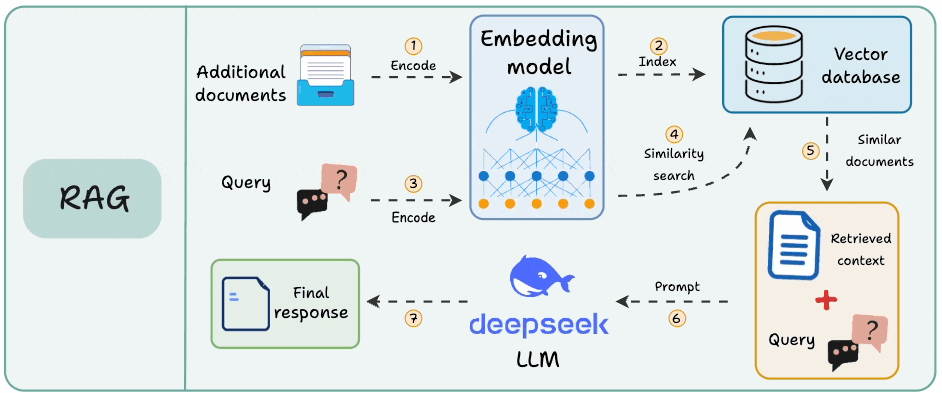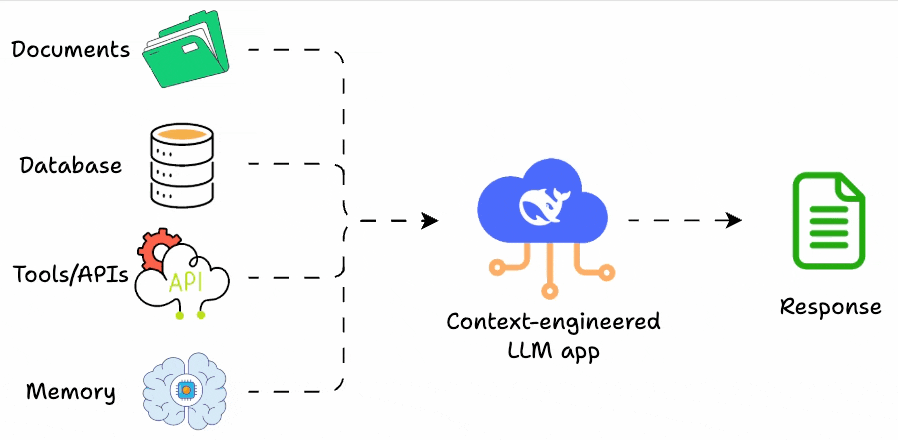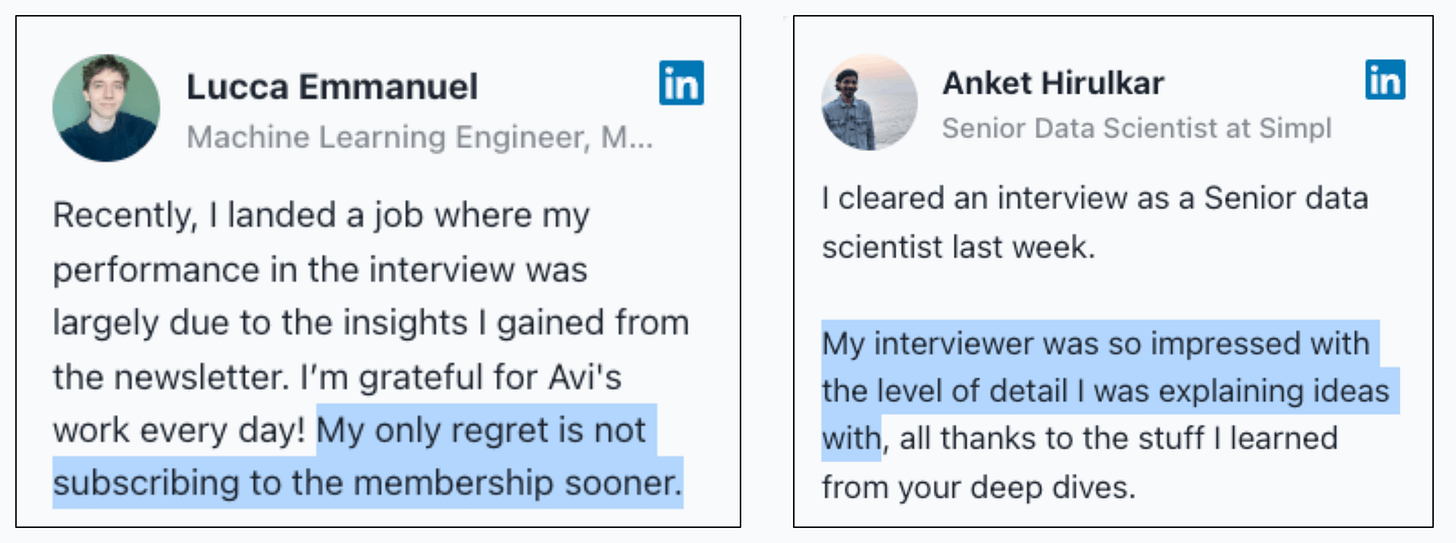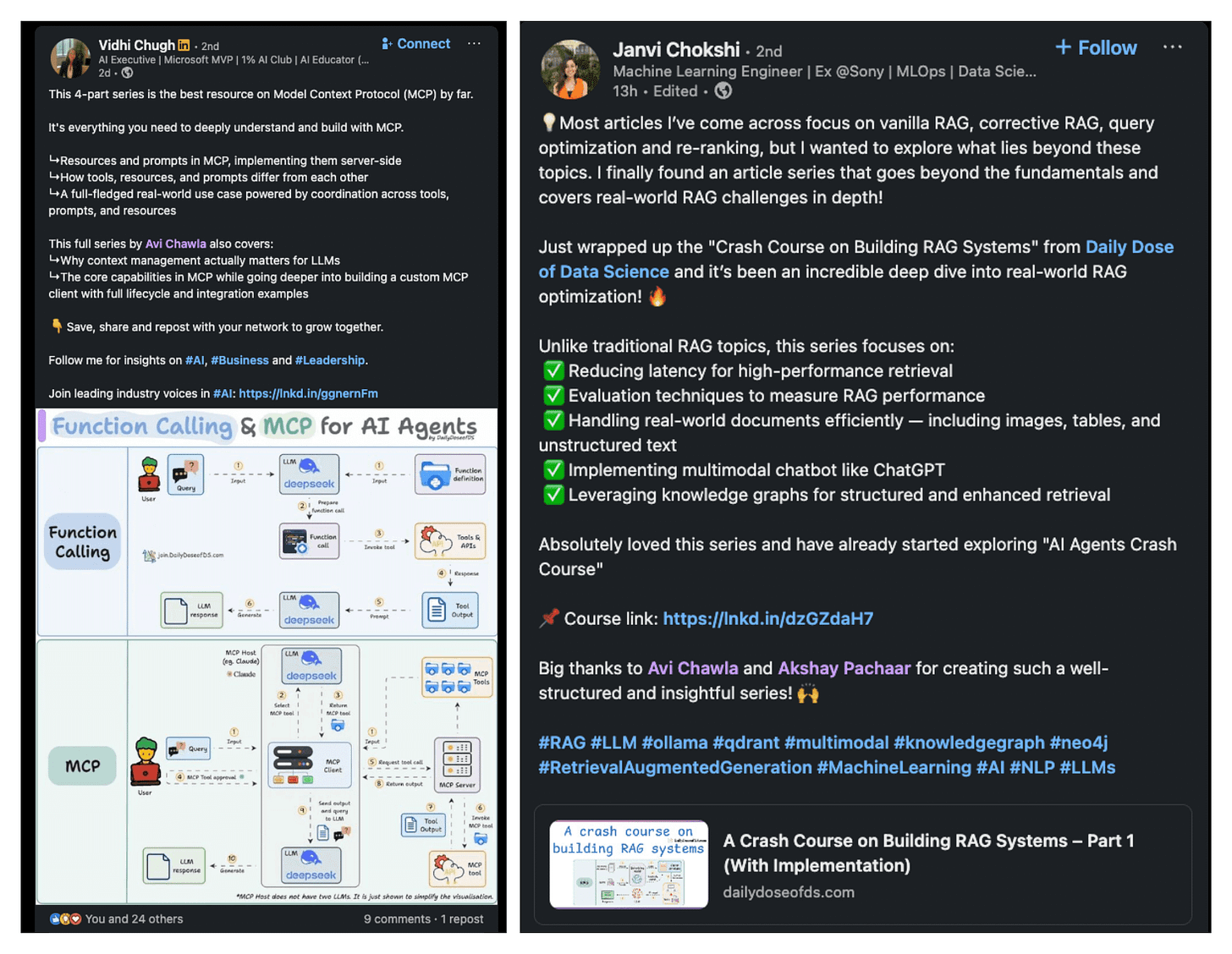What is Context Engineering?
...explained intuitively with visuals.
Announcement: We are hiring (fully remote roles)!
At Daily Dose of Data Science, we’re creating the go-to platform for AI and ML professionals seeking clarity, depth, and practical insights to succeed in AI/ML roles—currently reaching 800k+ AI professionals.
We are looking for exceptional technical writers + builders with expertise in AI and ML.
If you're interested, please fill out this hiring form →
Start Date: Immediate.
Location: Fully remote.
Salary depends on fit and experience. Typical range: $40k–$120k/year.
An ideal candidate:
Has high energy, is explorative, and hardworking
Understands the AI landscape and can make technical topics easy to understand
Uses and thinks AI-first
Thrives in a fast-paced environment
Can commit full-time.
We’ll follow up with the next steps once you fill out the form.
An intuitive guide to context engineering
What is context engineering?
And why is everyone talking about it?
Let’s understand today!
Context engineering is rapidly becoming a crucial skill for AI engineers. It's no longer just about clever prompting; it's about the systematic orchestration of context.
Here’s the current problem:
Most AI agents (or LLM apps) fail not because the models are bad, but because they lack the right context to succeed.
For instance, a RAG workflow is typically 80% retrieval and 20% generation.
Thus:
Good retrieval could still work with a weak LLM.
But bad retrieval can NEVER work with even with the best of LLMs.
If your RAG isn't working, most likely, it's a context retrieval issue.
In the same way, LLMs aren't mind readers. They can only work with what you give them.
Context engineering involves creating dynamic systems that offer:
The right information
The right tools
In the right format
This ensures the LLM can effectively complete the task.
But why was traditional prompt engineering not enough?
Prompt engineering primarily focuses on “magic words” with an expectation of getting a better response.
But as AI applications grow complex, complete and structured context matters far more than clever phrasing.
These are the 4 key components of a context engineering system:
Dynamic information flow: Context comes from multiple sources: users, previous interactions, external data, and tool calls. Your system needs to pull it all together intelligently.
Smart tool access: If your AI needs external information or actions, give it the right tools. Format the outputs so they're maximally digestible.
Memory management:
Short-term: Summarize long conversations
Long-term: Remember user preferences across sessions
Format optimization: A short, descriptive error message beats a massive JSON blob every time.
The bottom line is…
Context engineering is becoming the new core skill since it addresses the real bottleneck, which is not model capability, but setting up an architecture of information.
As models get better, context quality becomes the limiting factor.
We'll share more as things evolve!
Thanks for reading!
P.S. For those wanting to develop “Industry ML” expertise:
At the end of the day, all businesses care about impact. That’s it!
Can you reduce costs?
Drive revenue?
Can you scale ML models?
Predict trends before they happen?
We have discussed several other topics (with implementations) that align with such topics.
Here are some of them:
Learn everything about MCPs in this crash course with 9 parts →
Learn how to build Agentic systems in a crash course with 14 parts.
Learn how to build real-world RAG apps and evaluate and scale them in this crash course.
Learn sophisticated graph architectures and how to train them on graph data.
So many real-world NLP systems rely on pairwise context scoring. Learn scalable approaches here.
Learn how to run large models on small devices using Quantization techniques.
Learn how to generate prediction intervals or sets with strong statistical guarantees for increasing trust using Conformal Predictions.
Learn how to identify causal relationships and answer business questions using causal inference in this crash course.
Learn how to scale and implement ML model training in this practical guide.
Learn techniques to reliably test new models in production.
Learn how to build privacy-first ML systems using Federated Learning.
Learn 6 techniques with implementation to compress ML models.
All these resources will help you cultivate key skills that businesses and companies care about the most.






